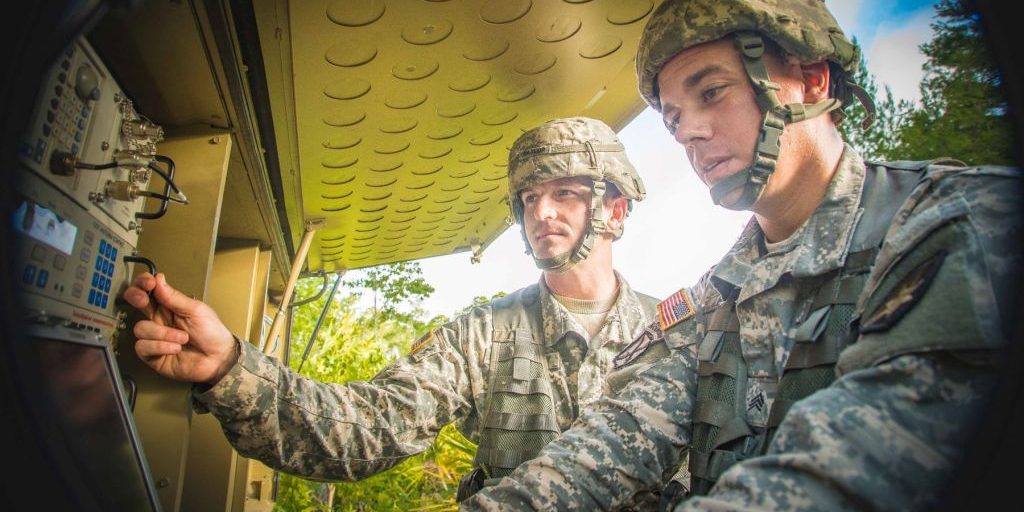During the COVID-19 pandemic, shortages of electronic components slowed down development of satellites headed to the Space Development Agency. But it’s not only parts and subcomponents that affect the timeline of satellite delivery, said the agency’s director.
“Even though it takes a while to get the hardware and the supply chain built up to actually build the satellites, it doesn’t matter what you see on the schedule on day one, I’ll tell you right now … software is always on your critical path, mostly because you can’t start a lot of the software until you have some of the hardware,” said Derek Tournear, speaking Saturday at the Reagan National Defense Forum in Simi Valley, California.
The SDA is building the Proliferated Warfighter Space Architecture, which will eventually include hundreds of satellites, delivered in tranches every two years, with each tranche providing more capability than the last.


